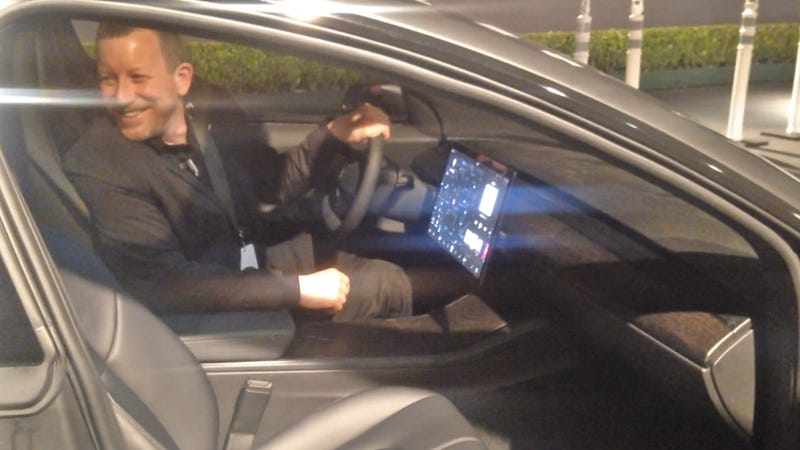From Korean Times via Teslarati:
1. Center display
2. Rear-view mirror?
3. HUD?
"Tesla intends to use more Korean technology on its Model 3. It decided to use tires manufactured by Hankook Tire and LG Display will possibly be supplying its OLED panels for the automotive systems. Additionally, Tesla is testing the manufacturing capability and production of LG Chem, Samsung SDI and SK Innovation," said an official, Tuesday.
1. Center display
2. Rear-view mirror?
3. HUD?



